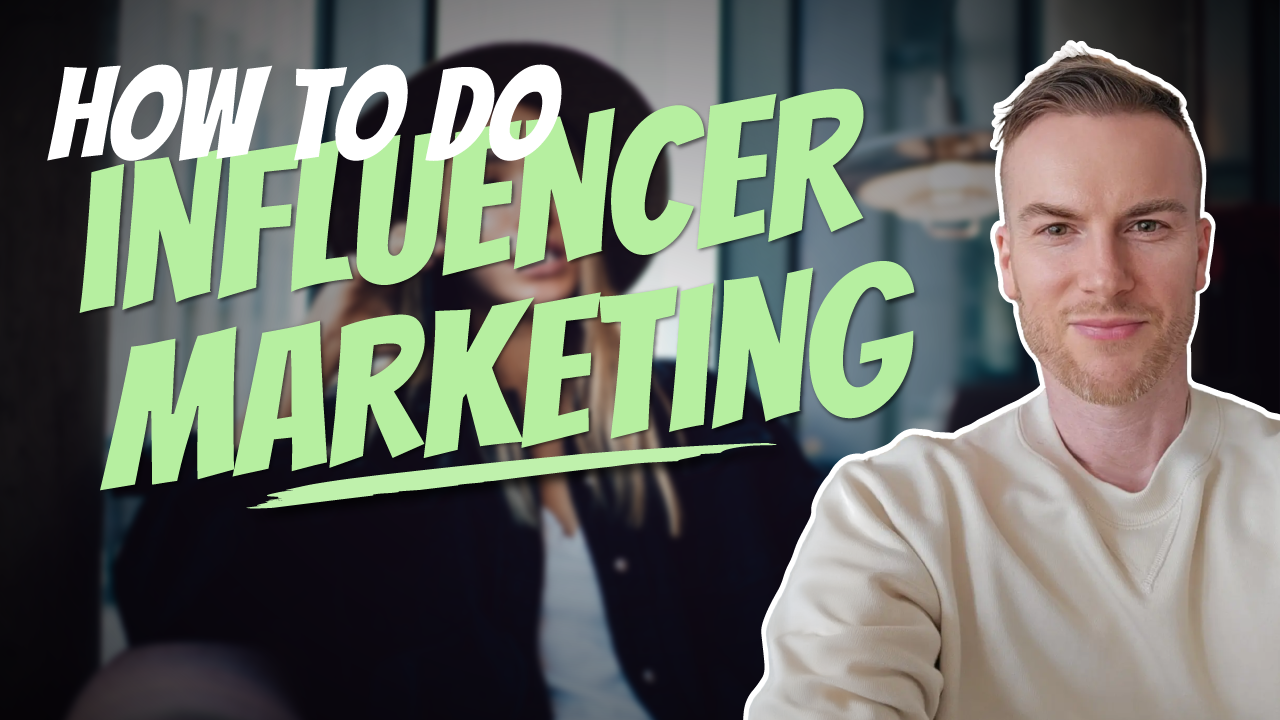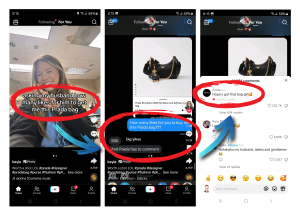
I’m not married to any one way of doing things, I only care about what works. Sometimes that’s paid ads, other times it’s SEO / CRO, it could be in-person events… I talk about this in another post – Never Ask a Barber if You Need a Haircut.
Times change, old methods become less effective, and you need to move on to another approach. You need to skate to where the puck is going to be, not where the puck is.
The market has become saturated, making it tough from companies of all sizes to stand out and gain market share. Large companies have more financial runway and can afford to be wrong more often. Meaning, they can try a bunch of different tactics and channels until they find something that works. Smaller companies may not have this luxury. They can’t afford to wait around for their branding to take flight, or to test a dozen different avenues. They need something that works, and immediately.
So this post is more geared toward those smaller companies who aren’t market leaders in their space and who don’t have large ad budgets.
Paid Promotion vs Free Promotion: Which is Better for Influencer Marketing?
When you pay for promotion, the influencer must disclose this. These types of posts get throttled by the algorithm and may be received by the view as a disingenuous ad.
Free promo, on the other hand, does not need to disclose this. It works more like product placement in a movie. You see someone pouring a box of cereal in a breakfast scene. They never mention the cereal, never talk about how delicious or wholesome it is, don’t make any reference to the brand… it’s just there, in the scene, for everyone to view. This is how you can influence.

People love to buy, they hate to be sold.
Social media is all about creating content, not ads.
So your product does not need to be the main focal point of the video, it could be something casually in the foreground or background, and not even mentioned at all. This repeat exposure with seep into people’s sub-conscious and create higher brand recall.
We’re trying to create awareness and trust, not sales. Sales comes later.
Influencer Marketing: A Step-by-Step Guide
Here are the basics of what you need to know about influencer marketing:
1. Find micro-influencers (10-50k) in your niche.
2. DM them saying something like, “Hey, we want to give you a free license for our software.” or “Hey, we want to give you something for free.”
Note: You are NOT paying them. The goal is to have them fall in love with your product / platform so they use it or talk about it organically in a video. There are plenty of influencers willing to do it for free. This is a numbers game.
3. When they respond, get them set up. Try to build a relationship with them so that you can go back to them in the future.
4. Send 10 – 25 DMs per day.
5. Create a spreadsheet to keep track of everyone you’ve messaged and when, whether they’ve responded, the status of the giveaway, whether they posted about your product, links to their social accounts, etc. You’ll also want to create a scoring system so you know who are your VIPs, and who ghosted or never posted, etc.
6. You can also mix in paid ads, SEO, social… (whatever else you want to do) It all works together to help get your brand out there to the right people.
That’s it.
DM me if you’d like a copy of the spreadsheet template I use.
Related Reading: How to Build a TikTok Strategy
- Related post: The T-Shirt Theory of Branding
- Related post: The Power of Branding: John’s Family Premium Organic Garlic
- Related post: Why You Don’t Want to Run a Business that Relies Solely on Ads
Related Posts about Social Media
Need help with your marketing activities?
If you follow us on social or read our blog, you may have noticed that we talk A LOT about the branding, the importance of branding, how branding is like gravity, how you either have a commodity or a brand…
We also talk a lot about storytelling marketing – in fact we have an entire page dedicated to it as it’s one of our core services. We go on at length about why brands need to tell stories (so that consumers can align their values to the brands they support), and dispelling the myths about storytelling marketing.
We also talk about how consumers don’t buy products, they join tribes. Check out some of our related posts.















